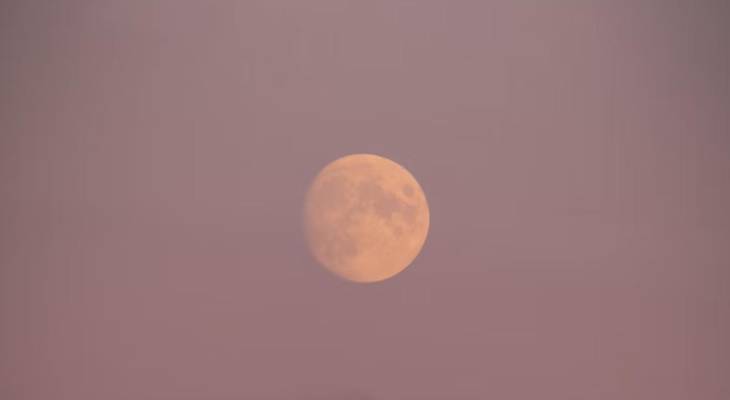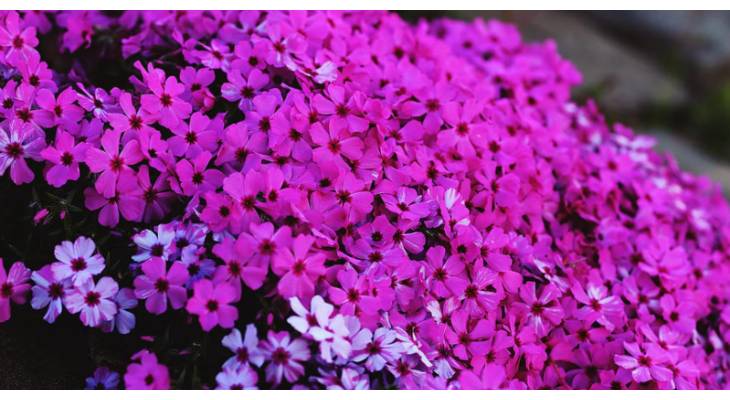The so-called pink moon is set to look orange...
Saturday 16th April will mark the first full moon after the spring equinox (i.e. the start of spring), which can take place any time between 19th and 21st March.
This is known as the ‘Paschal Full Moon’, with ‘Paschal’ meaning ‘Passover’ in Greek.
This phenomenon got its name from the fact that Easter is traditionally celebrated on the first Sunday after this full moon.
Having said that, this year’s Paschal Full Moon is even more significant, as it also happens to be a ‘Pink Moon’.

This is the name given to a full moon that occurs in April.
Since the first full moon after the spring equinox is also occurring in April, this Saturday night’s full moon will be both a Paschal Full Moon and a Pink Moon. Confusing, right?
The moon won’t actually look pink tonight, rather, it should have more of an orange tint. The ‘pink’ part of this phenomenon stems from the fact that a pink wildflower called ‘phlox paniculata’ also blossoms at this time of year.

Timing may vary slightly, however the Pink Moon is set to be visible from our islands at around 8:55pm tonight.
Will you be moon gazing tonight?